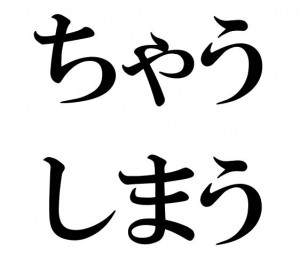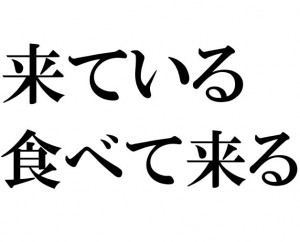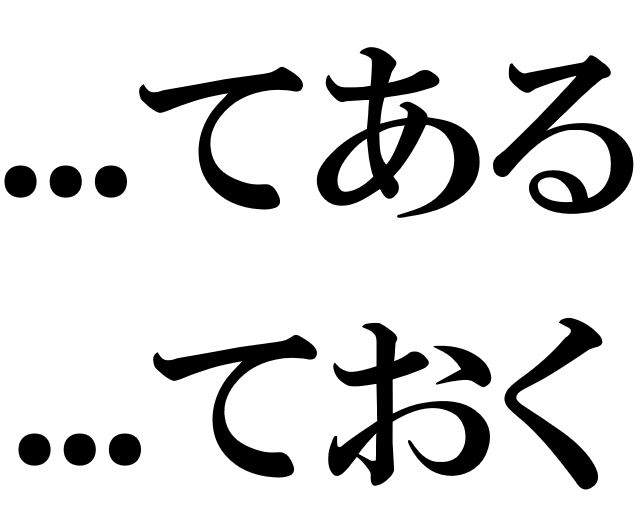Before starting the exercise for expressing 「…てある (Resultant States)」 and 「…ておく (Preparation for the Future)」, please clarify any doubts you may have about the grammatical rules by referring to your grammar guidebook or dictionary. The Instantaneous Composition Method requires you to compose sentences with the target sentence pattern(s) over and over in order to use them almost effortlessly. You should already have the necessary knowledge.
- Reference
- Genki II – Lesson 15: ~おく and Lesson 21: ~てある
- Tae Kim’s Guide – Other uses of the te-form
Instantaneous Composition Exercise for Expressing 「…てある (Resultant States)」 「…ておく (Preparation for the Future)」
This is not a translation exercise. This is the Instantaneous Composition Exercise. As if a reflexive action, try to create an equivalent Japanese sentence shortly after reading an English script. Try not to think for more than three seconds.
- Audio File
English and Hidden Japanese Scripts
| 1. | The dinner is already made. |
| 夜ごはんはもう作ってあります。 |
| 2. | The door is closed. |
| ドアが閉めてあります。 |
| 3. | The clothes have been thrown away. |
| 服が捨ててあります。 |
| 4. | The shoes are lined up. |
| 靴が並べてあります。 |
[adsense]
| 5. | The window is open. |
| 窓が開けてあります。 |
| 6. | (I) have rested (for the future). |
| 休んでおきました。 |
| 7. | (I) have made a reservation (for the future). |
| 予約しておきました。 |
| 8. | (I) have read Japanese books (for the future). |
| 日本語の本を読んでおきました。 |
| 9. | (I will) eat a lot of meals (for the future). |
| たくさんごはんを食べておきます。 |
| 10. | (I will) write a letter (for the future). |
| 手紙を書いておきます。 |
Recommended Links
How to Proceed with the Instantaneous Composition Method

Japanese Grammar Exercise: Expressing Unexpected Results 「ちゃう」「しまう」

Japanese Grammar Exercise: Motion Verbs 「行く」「来る」 with the te-form



